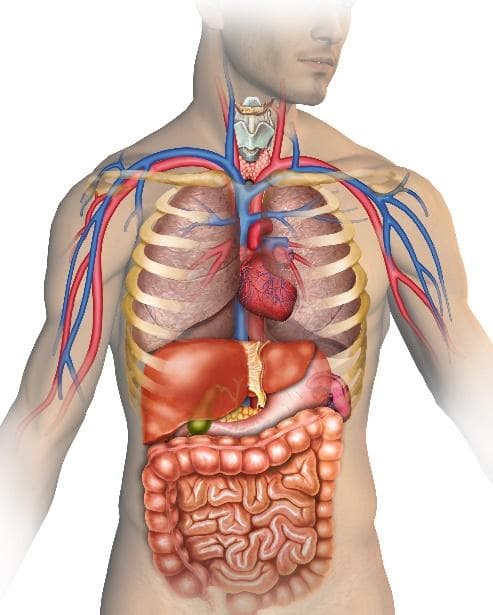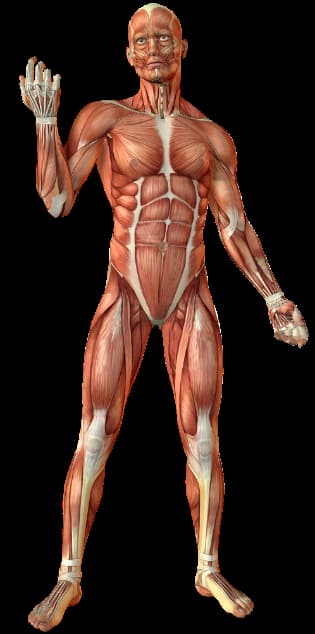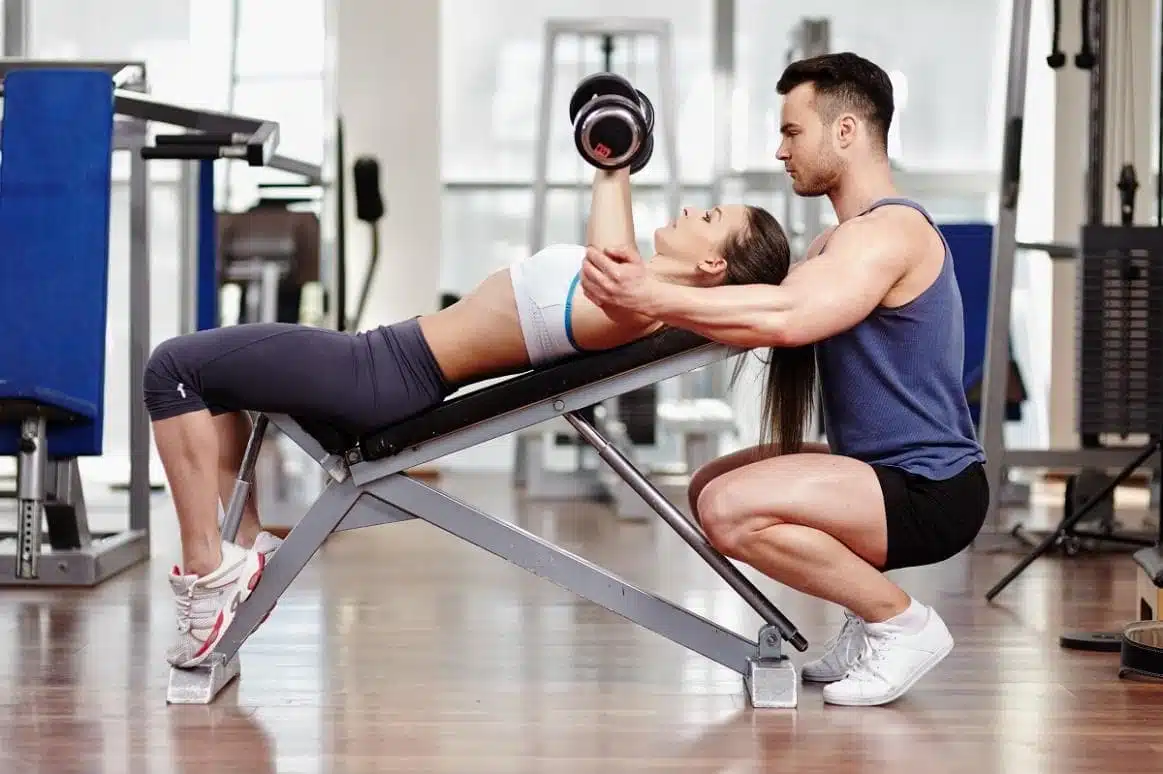27 de January de 2023
Skills You Want to Master If You Want to Be a Great S&C Coach
In the last decade, the importance of physical exercise for health and sports performance has gained great relevance among the population. So much so that in the last 30 years, more scientific studies related to physical exercise and performance have been published than in the previous 80 years. This is because sports science has been advancing and has developed new training and data analysis systems that allow for much greater performance improvement. If, for example, we compare the current players of any sport with the players who practiced the same sport 50 years ago, they have nothing to do with each other. Both the dedication and the knowledge we have today about metabolism, exercise physiology and physical preparation have changed.
Just as knowledge about the human body and how it responds to certain training stimuli has increased vigorously, the profile of the trainer has also changed. Thus, for example, a few years ago the coach was a person who devoted himself entirely to training his body and from the experience gained over many years of training he applied a type of stimulus or training to all his athletes. In this way, people without any kind of preparation, but with high training experience were the coaches and in elite sports former athletes performed the same function.
However, there is now a growing trend that the person who engages in personal training or athlete preparation should be a person with a degree in Physical Activity and Sport Sciences or who has completed at least a higher degree in physical conditioning. There are also profiles of highly trained people who after a basic course of “Personal Training” begin to perform personal training. As a graduate in CAFYD and PhD in biomedicine from the University of Granada I would like to highlight the health hazard of allowing unqualified people to take charge of personal training for the population.
Regardless, the current figure of the physical trainer or personal trainer requires a series of characteristics that reflect the preparation he or she has. In today’s blog post we will highlight these characteristics one by one.
Knowledge of physiology and anatomy
These two sciences are essential to today’s strength and conditioning coach. Exercise physiology has advanced to stratospheric levels since 30 years ago, and today we are able to understand why muscle grows after strength training, why the cardiopulmonary system becomes more efficient after cardiovascular training, and current evidence has determined which training program is most effective in maximizing fat loss. And all this is due to the great progress in exercise physiology. Thanks to this, it has been possible to determine that high-intensity interval training is ideal for the loss of fat mass, since it has been shown that after the exercise session the body is still “active” and there is an excess of oxygen consumption (EPOC effect) which increases daily metabolic expenditure.


Source: https://www.sportlife.es/entrenar/fitness/bisagra-rodillas-ejercicio-alinear-columna_199052_102.html
Source: https://blogs.ugto.mx/enfermeriaenlinea/unidad-didactica-10-el-sistema-muscular/
In this way, we could go through each of the advances that have occurred in recent decades, but let’s focus on this characteristic of the strength and conditioning coach. It is important for the coach to have knowledge of physiology and anatomy because these are two key characteristics to keep in mind when preparing a workout. In fact, anatomy is important because the strength and conditioning coach must know the origin and insertion of each muscle he wants to work. For example, he must know the origin and insertion of the rectus abdominis and its function in order to establish whether it is a key muscle in the athlete’s performance. In the case of a golf player, the rectus abdominis may be key to his performance, but not for the weightlifting athlete.
Finally, knowing how all the systems of the body work is crucial to be able to carry out a training in conditions. But not only in high performance athletes and “amateur” athletes, but also in people with certain instabilities, with knee problems, back pain or any condition of a particular system. For example, knowing the endocrine system of the organism is crucial for training a person with type II diabetes, or knowing the pathophysiology of hypertension is key in managing the training load for people with this pathology. Therefore, physiology and anatomy are two sciences that the strength and conditioning coach must be in complete control of.
Knowledge about exercise science
We have previously discussed the difference between today’s coaches and those of 30 years ago. We have determined that currently the person to be a strength and conditioning coach had to have at least an advanced degree in physical conditioning or a degree in sport and exercise science. In this section we will focus on knowledge of exercise science.
First of all, it should be noted that during the 4 years of the CAFYD (Grado Ciencias de la Actividad Física y del Deporte) or Degree in Physical Activity and Sport Sciences, not only do students learn about physiology, training methodologies and performance, but there are also subjects such as teaching, didactics or basic physical education that allow the professional to have a broader knowledge of the human body. In the same way, we study and learn about the psychological processes that an athlete may go through, from lack of motivation to arrogance, the fight against ego, stagnation, etc.
Therefore, going through the degree in CAFYD allows the strength and conditioning coach to have a more global knowledge of the human body and to understand the organism as a multidimensional and very complex system. Based on all this knowledge, the trainer is able to adapt the training to the individual circumstances of each person in order to improve their performance.

On the other hand, we must keep in mind that the implementation of an exercise program by a strength and conditioning coach must be completely safe and effective. There is a great phrase that goes like this, “Making a person sweat is not difficult, making a person improve their fitness without any risk to their health and in the most efficient way possible is.” Going through the race allows a person to learn how exercise can be used in a way that helps improve a person’s health and performance. In addition, having a broader knowledge allows us to detect the individual differences of each subject and their responses to the same stimulus in a way that prioritizes planning, individualization and safety.
Know how to design training programs
One of the main characteristics of a good strength and conditioning coach is the design of training programs. If we want to be good coaches, we must know how to design training programs. To do this, we must have knowledge of the different ways that exist to prepare a workout. It is not the same to follow an ATR periodization, a progressive intensity programming or a block periodization. In order to be able to carry out a good training planning, the strength and conditioning coach must know the multiple possibilities that exist to organize a workout.

Source: https://www.feda.net/ventajas-contar-entrenador-personal/
For example, if we are talking about a fitness environment or a gym-based strength training environment, the strength and conditioning coach should at least be aware of the different types of workouts that may exist such as a torso-leg routine, a pull-push planning or a full-body planning. These are simple examples of why a strength and conditioning coach should know about exercise program design. It is really important as the athlete must receive the best possible stimuli for performance improvement. In this way, a coach who knows how to design training programs will be able to optimally adapt the stimulus to the individual needs of each person and their own limitations. Not only this, but a good training design allows the coach to constantly evaluate and adjust the training load with the athlete.
At the end of the day, a coach’s goal is for his or her athlete to adapt and improve with the proposed training. In this way, those small adjustments that a good training design requires are key. In addition, training programs must be safe. Having a knowledge of training program design minimizes the possible error of the coach and allows the athlete to train in the safest possible way. And finally, being a good training program designer allows the so-called individualization, which is nothing more than adapting the training situation to each athlete’s specific characteristics.
Be a communicator and motivator
The good strength and conditioning coach must also be a good communicator. Knowing a lot about training is very important and knowing each of the characteristics of our athletes and adapting the training to them is also important if you want to achieve results. But theory is useless without good practice, that is, the strength and conditioning coach must be a good communicator and motivator. As coaches we must be aware that many athletes do not know the types of training that exist, what is an eccentric contraction, how to activate the “core” or what is the technique to perform a deadlift.
That is why the trainer must be a good communicator and a good transmitter of knowledge. Knowing how to communicate a movement by explanation rather than imitating it with the body is not easy. The most common way to teach a movement is to imitate it and say “You have to do it this way”. However, that is not a good strength and conditioning coach. A good coach is one who is able to transmit the idea through a series of indications and that the athlete understands it and ends up doing it. In the same way, a trainer must be close to the person, since he or she often has to touch the person to achieve the best possible technique or to activate a muscle that remains inactive.

Source: https://www.abc.es/bienestar/fitness/abci-entrenador-personal-201909290905_noticia.html
The trainer must be a motivator. Sometimes people go to a personal trainer for the simple fact that they are not motivated to exercise. That trainer must be able to capture the attention of his or her athlete and encourage him or her to exercise. A great example of this, is the trainer of the famous singer Rosalia. Her trainer has managed to get the singer to train every day arguing that if she wants to dance in her performances and be able to sing without drowning, she should improve her cardiopulmonary condition, i.e., he motivated the singer to exercise.
Conclusion
To conclude, I would like to highlight again the main characteristics of a good strength and conditioning coach. Let’s remember that he or she must have knowledge of anatomy and physiology and must also have knowledge of all the exercise sciences. On the other hand, he or she must know how to design individualized and personalized exercise programs. And finally, he must be a good communicator and a great motivator. We have focused on these characteristics, but let’s not forget that he/she must be observant, adaptive, patient, understanding, empathetic, up-to-date and above all safe and efficient.
In addition, the strength and conditioning coach should be a person who has experienced the various training systems that exist. A maxim that should exist among coaches is that they should never plan a workout that they have not done themselves. That is, I cannot plan on paper something that I have not tested. A very simple example is that, if you don’t know what it means to do 10 sets of a high intensity interval training with 2 minute phases at 85% of maximum heart rate interspersed with 5 minute phases at 60% of maximum heart rate, you shouldn’t plan it. This does not mean that the training we suggest should always be done, it means that the trainer should be a person who knows firsthand what he/she is recommending to the athlete.
Unai Adrián Perez de Arrilucea Le Floc’h
References
- Baechle TR, Earle RW. Essentials of strength training and conditioning: Human kinetics; 2008.
- Haff GG, Triplett NT. Essentials of strength training and conditioning 4th edition: Human kinetics; 2015.
- Makaruk H, Porter JM. Focus of attention for strength and conditioning training. Strength & Conditioning Journal. 2014;36(1):16-22.

